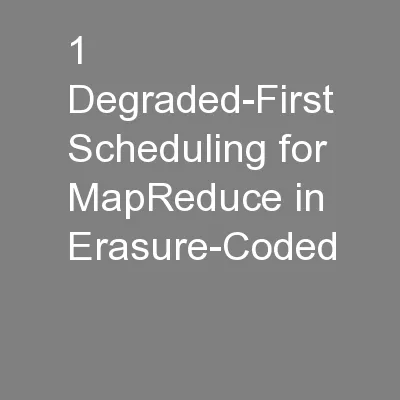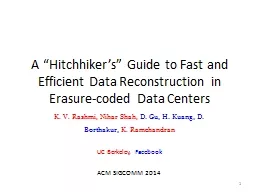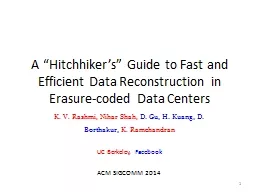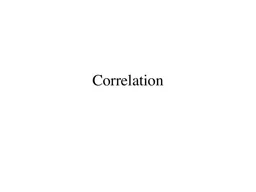PPT-Correlation-Aware Stripe Organization for Efficient Writes in Erasure-Coded Storage Systems
Author : ellena-manuel | Published Date : 2018-03-17
Zhirong Shen Patrick Lee Jiwu Shu and Wenzhong Guo The Chinese University of Hong Kong Tsinghua University Fuzhou University Presented at IEEE SRDS17
Presentation Embed Code
Download Presentation
Download Presentation The PPT/PDF document "Correlation-Aware Stripe Organization fo..." is the property of its rightful owner. Permission is granted to download and print the materials on this website for personal, non-commercial use only, and to display it on your personal computer provided you do not modify the materials and that you retain all copyright notices contained in the materials. By downloading content from our website, you accept the terms of this agreement.
Correlation-Aware Stripe Organization for Efficient Writes in Erasure-Coded Storage Systems: Transcript
Download Rules Of Document
"Correlation-Aware Stripe Organization for Efficient Writes in Erasure-Coded Storage Systems"The content belongs to its owner. You may download and print it for personal use, without modification, and keep all copyright notices. By downloading, you agree to these terms.
Related Documents














